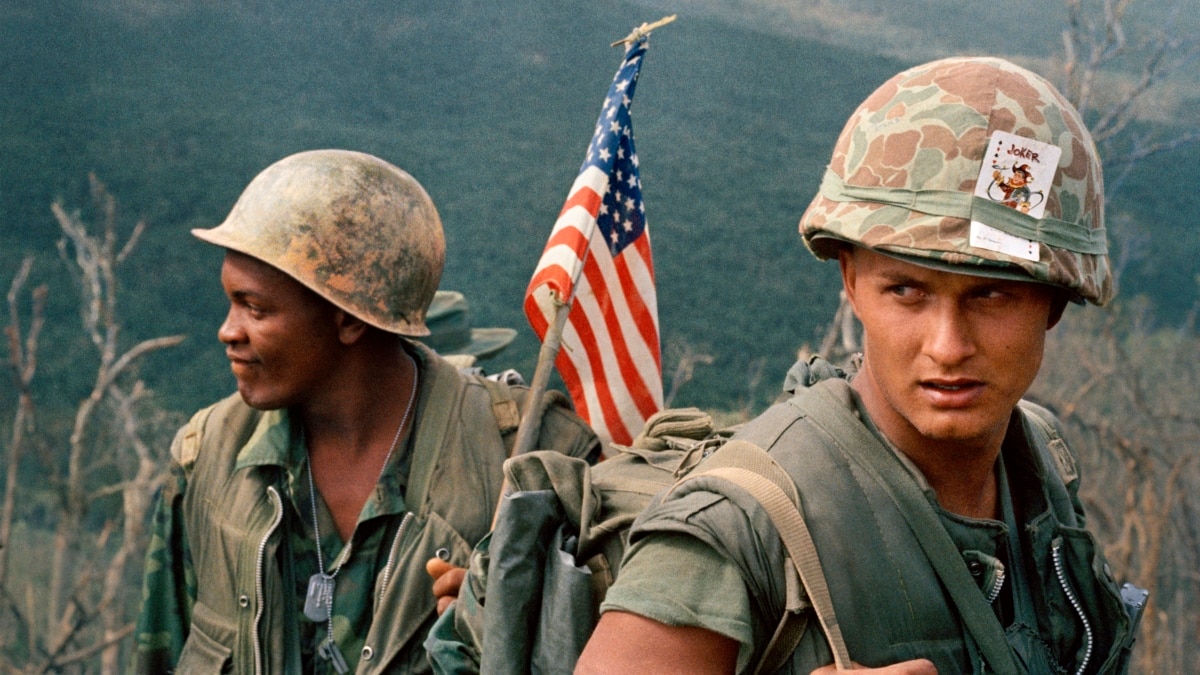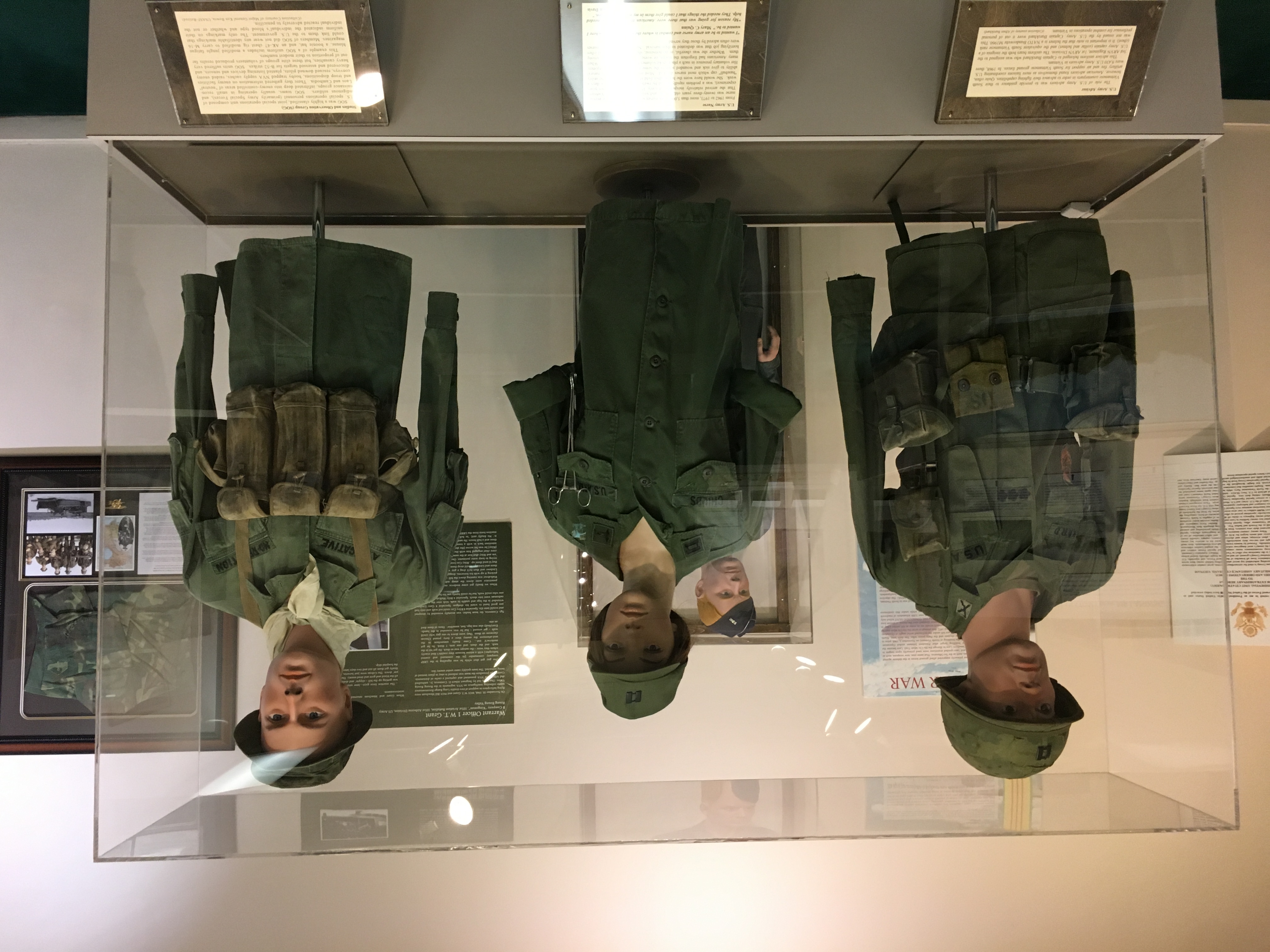Military Advisors Vietnam - When the French Expeditionary Force withdrew from Vietnam in April 1956, Lieutenant General (LTG) John W. "Iron Mike" O'Daniel and the American Military Assistance Advisory Group (MAAG) became the only "foreign" advisers. All services of the South Vietnamese Army. From 1956 to 1960, Lieutenant O'Daniel and his successor, Lieutenant Samuel T. "Hangin' Sam" Williams, shaped the Republic of Vietnam (ARVN) to resemble the US Army after the Korean War.1 It was the ARVN's strategic focus. Rather than fighting internal insurgents, it focused on defense against external aggression.2 As the fighting escalated, Vietnamese President Ngo Dinh Diem sent a letter to Area and Division commanders on February 15, 1960, initially stating Diem's intention to expand. Rangers in battalions and squads. The plan became a reality in January 1961, after the US ambassador to Vietnam, Elbridge Durbrow, withdrew his objections to Diem's proposal to increase the force. 20,000 South Vietnamese troops4
Two US advisers to the Vietnam Rangers receive operational information from a Vietnamese officer to train in firefighting tactics at Trung Lap.
Military Advisors Vietnam

Despite opposition from General Williams, US Pacific Commander General Isaac D. White, and Pacific Commander Admiral Harry D. Felt, the Eisenhower administration accepted Diem's decision to create the Rangers. To demonstrate US support, a 77th Special Forces Mobility Training Team (MTT) was sent to South Vietnam under the command of Colonel Donald D. Blackburn, based at Fort Bragg, North Carolina. Their mission, commanded by LTC William Ewald and directed by MAAG Lt. Gen. Major, is to establish ranger training centers in Da Nang, Nha Trang, and Song Mao to train select South Vietnamese soldiers into cadres to form new ranger companies. From April 5 to November 12, 1960, Special Forces teams completed four training cycles at each location. Each cycle lasted four weeks and consisted of 423 hours of instruction and training 5. Approximately 1,000 Rangers were trained in day and night rifle marksmanship and trained in advanced field and patrol skills. More importantly, after completing the second cycle, the Special Forces Instructor became a Consultant / Mentor. Vietnam Ranger graduates underwent the remainder of their training 6. The assignment of American advisers to Ranger units in Vietnam was formalized during the Kennedy Administration (1961-1963). Ranger advisors continued to deploy in 1973 despite the reduction in US forces that had begun in 1969.7
Military History Of Australia During The Vietnam War
In February 1962, MAAG was replaced by the Military Assistance Command Vietnam (MACV), an integrated (Army, Navy, Air Force) headquarters. MACV's mission was to coordinate all US military activities in South Vietnam.8 In mid-1964, the US MACV J-3 (operational) oversaw all US advisory programs, including Ranger Command.9 The Office of Organization and Equipment (TOE), eight members. The MACV Ranger Advisory team has been approved. Major in the army at battalion level; Six commissioned officers or former United States Army Infantry School Ranger Division instructors with combat experience in World War II, Korea, and/or Vietnam. In fact, the advisory group consisted of a captain, a lieutenant, two sergeants and a radiotelephone operator (RTO). US Army Ranger training was not a requirement. Some Ranger advisors attended the Military Support and Training Advisory Course (MATA) and/or Vietnamese language school at the US John F. Kennedy Military Assistance Institute (USAJFKIMA) at Fort Bragg, North Carolina. Experience gained in combat.10
The advisory mission of the ARVN rangers was straightforward. Whenever an American adviser was in the field, with his Ranger unit, he was expected to provide support and advice from the preparation of an operational plan to the execution of the battle, with little support from American or South Vietnamese sources.11 Once support was obtained. , advisers adjusted for available US fire support (artillery, airstrikes, helicopters, and naval bombardment), shielding, and medical evacuation. Often, he escorted and deployed professional groups, such as dog trainers.12 Ranger advisors carried out these missions until 1973, despite the US policy of Vietnamization, although from July 1, 1969, US aid and advisory missions began to decrease.13.
The goal of Vietnamization was to create a strong, autonomous South Vietnamese army while stimulating political, social, and economic reforms as American forces withdrew.14 This led to two significant operational changes for the Vietnamese Ranger Force. the period of service is not replaced; Second, the Civilian Irregular Defense Group (CIDG) camps established and protected by the 5th Special Forces Group along the borders of Laos and Cambodia became part of the Vietnamese Ranger Command. By December 31, 1970, these changes were implemented. When the American personnel left, the Vietnamese patrols continued to fight the Viet Cong and the North Vietnamese Army (NVA) until they were nearly destroyed. When Saigon fell to communist forces in 1975, Ranger unit commanders deemed dangerous by North Vietnam were sent to "re-education camps." Like the American side, Vietnamese foresters have always been proud of the motto "Biet Dong Quan Sat". It means "special ops that killed a warrior". with a new threat. Ambushes and attacks launched by the VC in late 1959 averaged over 100 per month. Over the next year, 2,500 government officials and real and imagined Viet Cong enemies were murdered. It took some time before Saigon and Washington recognized the new situation. It was not until January 1960, after four VC companies attacked and overran an ARVN regimental headquarters northeast of Saigon, that the Americans in Vietnam began planning to increase American aid to Diem. They also began looking for ways to convince Diem to reform and reorganize his government.
To the new administration of US Pres. For President John F. Kennedy, who took office in 1961, Vietnam was both a challenge and an opportunity. The armed struggle against Diem in Vietnam appears to be a prime example of China and the Soviet Union's new strategy of promoting and supporting "wars of national liberation" in the newly independent countries of Asia and Africa. Unstable new governments in emerging countries. Kennedy and some around him believed that Vietnam provided an opportunity to test America's ability to "run an insurgency" against communist subversion and guerrilla warfare. Kennedy took seriously the so-called domino theory, in which the fates of all Southeast Asian countries were closely linked, and that the success of communism in one country would inevitably undermine the others. A successful effort in Vietnam, "the cornerstone of the free world in Southeast Asia," in Kennedy's words, would provide allies and adversaries alike with proof of their determination to meet the challenge of communist expansion in the Third World.
How The Soviets Fought Against The Americans In Vietnam (photos)
Although he never doubted the importance of Vietnam, the new president spent most of his first year in office dealing with the building of the Berlin Wall, the conflict between the Laotian government and the Communist-led Pathet Lao, and the humiliating failure of the Bay of Cochinos invasion. from Cuba Because of other, more highly publicized crises, some of Kennedy's advisers seemed more important to any success in Vietnam. As the NLF's membership grew, the military pushback against the ARVN continued, and the penetration of North Korea increased, success seemed urgent. US intelligence agencies estimated that around 4,000 communist cadres had infiltrated North Korea in 1960. By 1962 this number had grown to around 12,900. Most were from South Vietnam, who had joined the North after Geneva. More than half were members of the Communist Party. Strong and experienced leaders provided the framework for organizing the PLAF. To arm and supply the growing army in the south, Hanoi leaders sent weapons and ammunition to the crews of steel-hulled motor junks along the coast of Vietnam and across Laos via a network of roads known as the Ho Chi Minh Trail. Most firearms for PLAF soldiers were imported from the United States. Large quantities of American rifles, carbines, machine guns and mortars were captured from the Army in Saigon or simply sold to the Viet Cong by corrupt Diem officers and officials.
Many of South Vietnam's problems can be attributed to the continuing incompetence, rigidity, and corruption of the Diem regime, but the South Vietnamese president faced few American critics in Saigon or Washington. Instead, the US administration went to great lengths to appease Diem's support by sending the vice president. Lyndon B. Johnson in May 1961 increased economic and military aid to Saigon.
As the situation continued to deteriorate, Kennedy sent two key aides to Vietnam: economist Walt W. Rostow and former Army Chief of Staff Maxwell Taylor.

Military drone range, laser range finder military, military range bags, military range targets, long range military radio, military radio range, military range finder, military long range binoculars, range rover military discount, military range rover, range of military drones, military range bag
0 Comments